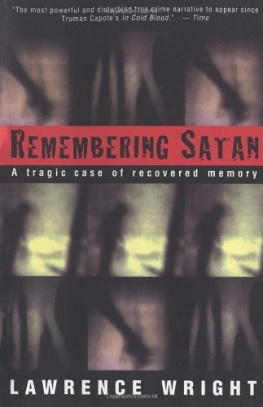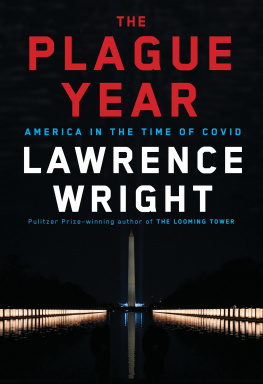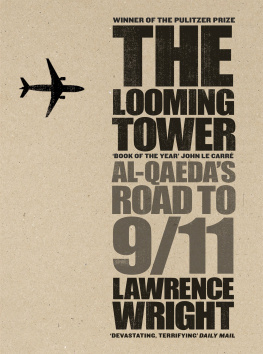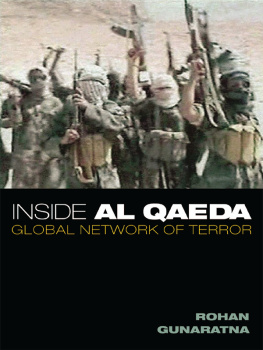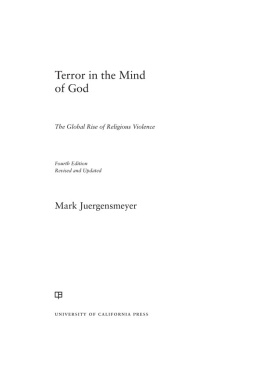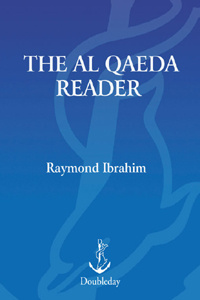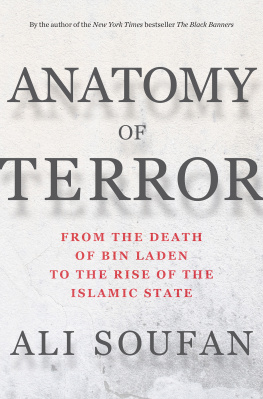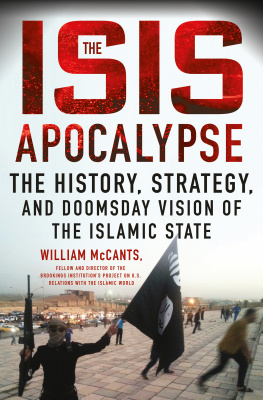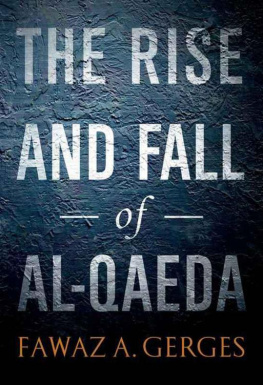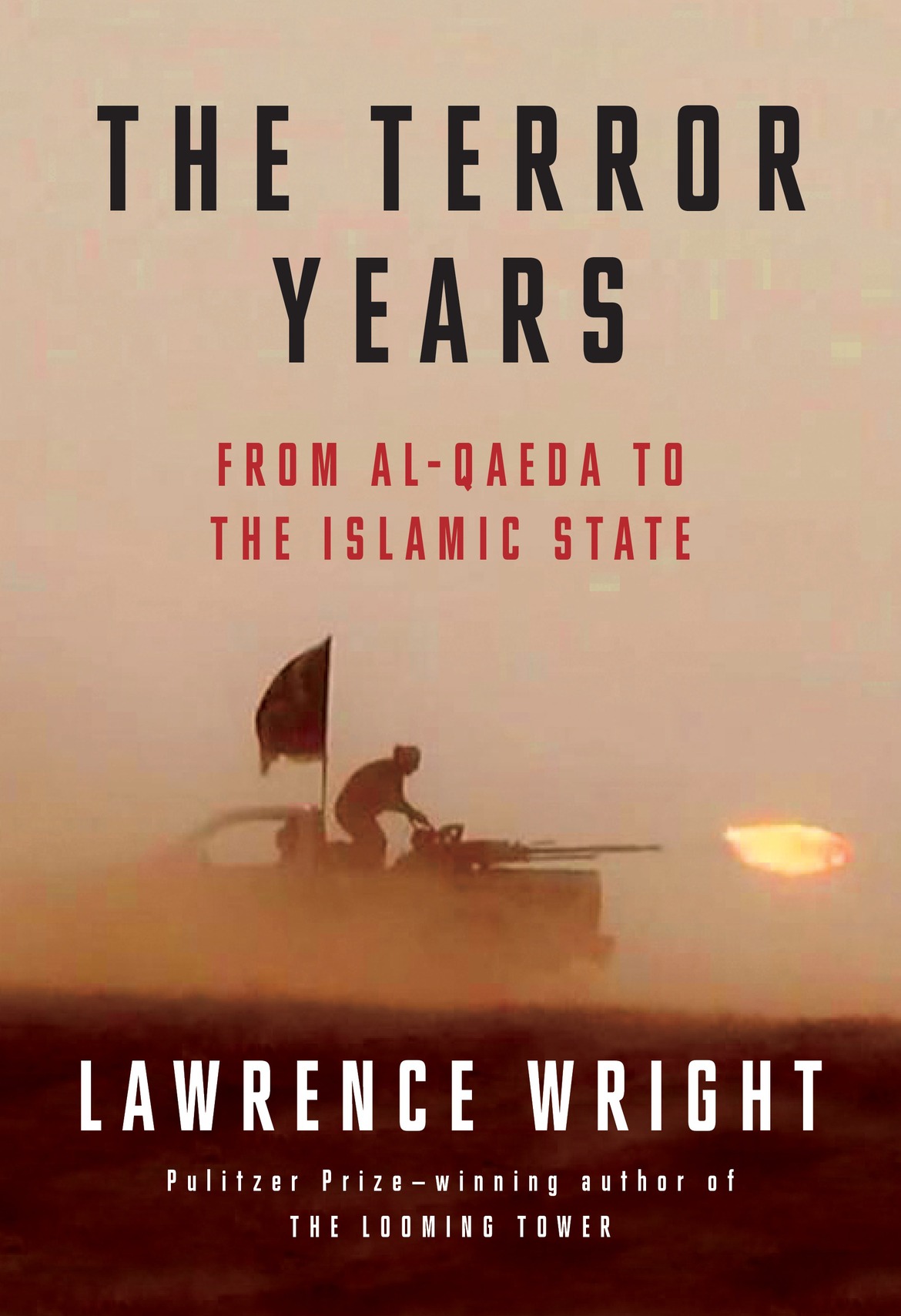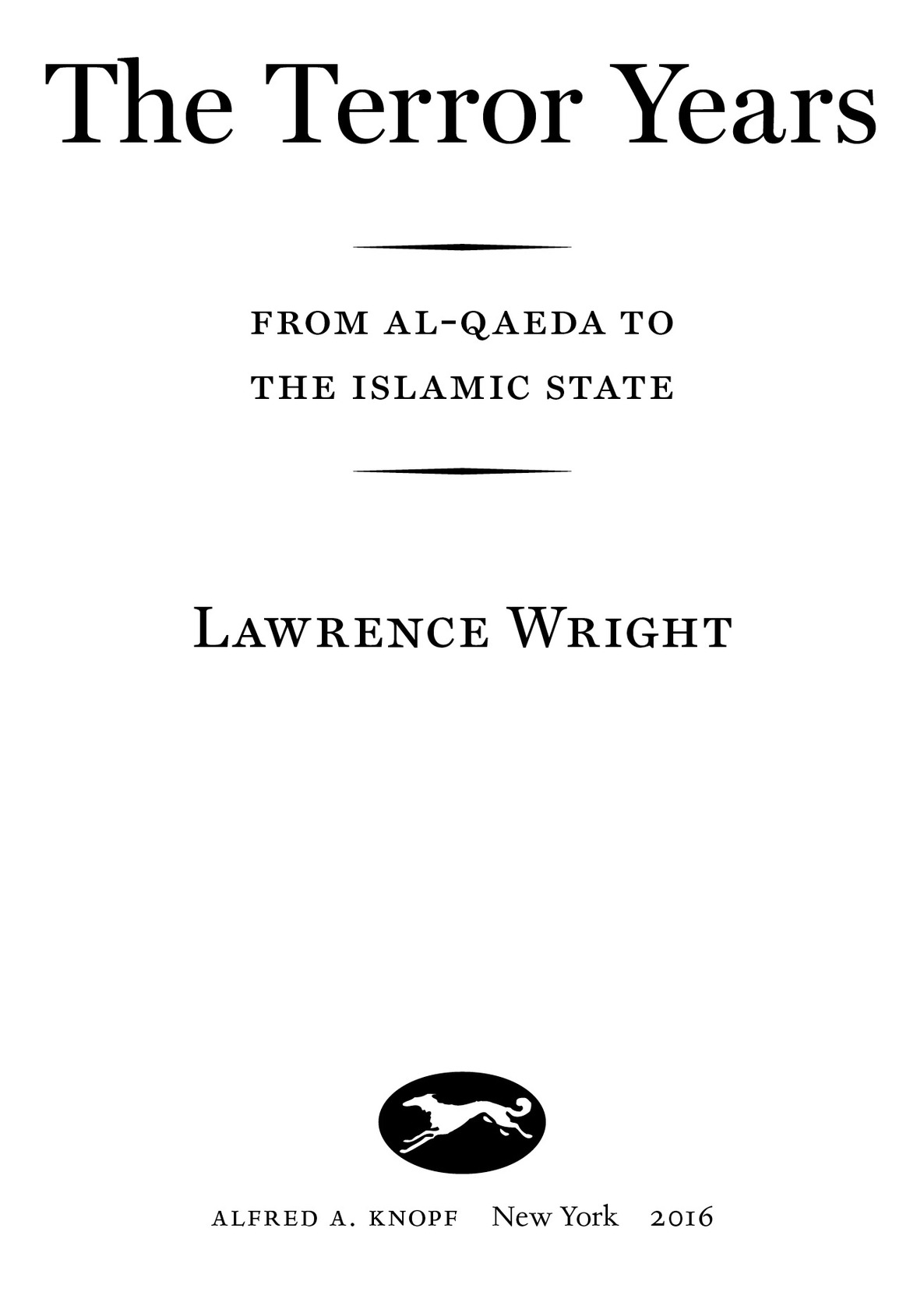ALSO BY LAWRENCE WRIGHT
Thirteen Days in September
Going Clear
The Looming Tower
Gods Favorite
Twins
Remembering Satan
Saints and Sinners
In the New World
City Children, Country Summer
THIS IS A BORZOI BOOK PUBLISHED BY ALFRED A. KNOPF
Copyright 2016 by Lawrence Wright
All rights reserved. Published in the United States by Alfred A. Knopf, a division of Penguin Random House LLC, New York, and distributed in Canada by Random House of Canada Limited, Toronto.
www.aaknopf.com
Knopf, Borzoi Books, and the colophon are registered trademarks of Penguin Random House LLC.
Library of Congress Cataloging-in-Publication Data
Names: Wright, Lawrence, [date] author.
Title: The terror years : from al-Qaeda to the Islamic State / Lawrence Wright.
Description: First edition \ New York : Knopf, 2016.
Identifiers: LCCN 2015046064 | ISBN 9780385352055 (hardback) 9780385352079 (eBook)
Subjects: LCSH : TerrorismMiddle East. | TerrorismReligious aspectsIslam. | TerrorismUnited StatesPrevention. | Qaida (Organization) | IS (Organization) | Middle EastPolitics and government1945 | Middle EastHistory1979 | BISAC : LITERARY COLLECTIONS / Essays. | BIOGRAPHY & AUTOBIOGRAPHY / Composers & Musicians. | BIOGRAPHY & AUTOBIOGRAPHY / Religious.
Classification: LCC HV 6433. M 5 . W 75 2016 | DDC 363.3250956dc23 LC record available at http://lccn.loc.gov/2015046064
ebook ISBN9780385352079
Cover image: ISIS militants firing from the back of a vehicle near the Iraqi city of Tikrit. AFP Photo.
Cover design by Chip Kidd
v4.1
ep
Contents
IN MEMORY OF
James Foley
Steven Sotloff
Peter Kassig
Kayla Mueller
and the world they might have made
PROLOGUE
My experience in the Middle East began as a kind of accident of history. I was a conscientious objector during the Vietnam War, and I had to spend two years doing alternative service in a low-paying job, at least fifty miles from home, that was nominally in the national interest. Such jobs typically consisted of changing bedpans in hospitals, but this was during the Nixon recession, and even those jobs were hard to come by. I didnt mind being away from home; at the time, I wanted to get as far away from America as possible. I went to the United Nations, in New York, thinking that there would be a position that might satisfy these requirements. The person who met me had apparently encountered others in my situation. He said that while working at the UN did not qualify as alternative service, he had a list of American institutions abroad that should serve. One of them had an office across the street. It was the American University in Cairo.
I didnt know, when I walked across United Nations Plaza, that the United States and Egypt had no diplomatic relations, and that there were scarcely any Americans in the whole country, outside of the diminished faculty at AUC. Im not sure I even knew what language they spoke in Egypt. But thirty minutes after I entered the office, I was asked if I could leave that very night. No, I couldnt. My clothes were in Boston, along with my girlfriend; I hadnt told my parents what I was doing; I also had to consult with my draft board. In that case, could I leave tomorrow? Forty-eight hours later I taught my first class, to young Egyptians whose English language ability wasnt quite good enough to gain admission to the university.
That stint in Egypt would shape my career in decisive ways. In 1998 I was the cowriter of a movie, The Siege, starring Denzel Washington, Bruce Willis, Annette Bening, and Tony Shalhoub, which was about a hypothetical attack by an Arab terrorist on New York City. The question the movie posed was: What would happen if terrorism came to America, in the same way that it was already being experienced in France and England? How would we react? What kind of country would we become? The Siege was a box-office failure, in part because of protests by Arabs and Muslims resentful of being stereotyped as terrorists. After 9/11, it was the most rented movie in America. It came to be seen as a kind of creepy prophecy.
For the next five years, I was immersed in researching The Looming Tower: Al-Qaeda and the Road to 9/11. There are three pieces included here as consolidated portraits that would later be incorporated in different form into that book. The Man Behind Bin Laden took me back to Egypt in order to learn about Ayman al-Zawahiri, then the number-two man in al-Qaeda, who would become its leader upon the death of bin Laden. It was strange to find the country I had been so fond of now roiled by the conflicting emotions of pride, shame, and denial that the attacks on New York and Washington had engendered. It was also disconcerting to revisit places once dear to me now stained with such starkly different connotations: the classrooms of the American University where I had taught were haunted by the ghost of Mohamed Atta, who had studied English there; and the Maadi Sporting Club, where I had played in tennis tournaments, had also hosted young Ayman al-Zawahiri at the outdoor cinema on summer evenings.
The Counterterrorist began days after 9/11, as I was desperately trying to find a way to understand how and why this had happened. I began going through obituaries that were then streaming online. On the Washington Post site, I found one for John ONeill, the former head of counterterrorism in the New York office of the FBIthe same office I had written about in The Siege. The obit made it seem as if ONeill was a bit of a disgracehe had lost his job shortly before 9/11 because he had taken classified information out of the office. He then became head of security at the World Trade Center and died on that day. At the time, I thought his death was ironic: instead of getting bin Laden, bin Laden got him. I now think of ONeills death as a Greek tragedy. He willingly placed himself at what he expected would be Ground Zero in the tragedy he saw approaching.
A related piece, included here, is The Agent, my profile of Ali Soufan, John ONeills talented protg, who was the case agent of the USS Cole bombing by al-Qaeda in October 2000. Soufan also played an unwitting role in my research for The Siege. I had heard about a skillful undercover operative in the New York office of the bureau, a Muslim American who was born in Beirut and spoke fluent Arabic. I based the Tony Shalhoub character on him, although Soufan and I wouldnt actually meet until several years later. In this piece, I raise questions about the failure of the CIA to cooperate with Soufans investigation into the murder of seventeen American sailors. Had the agency responded to Soufans requests for informationleads that would have exposed the presence of al-Qaeda in America twenty months before 9/11it is very likely that those attacks would never have happened. To this day, the CIA has failed to hold anyone accountable for this catastrophic negligence.
I knew that Osama bin Laden was going to be one of my central characters in The Looming Tower, but for more than a year the Saudis refused to give me a visa as a journalist. Finally, I got a job as the mentor to young reporters at the


